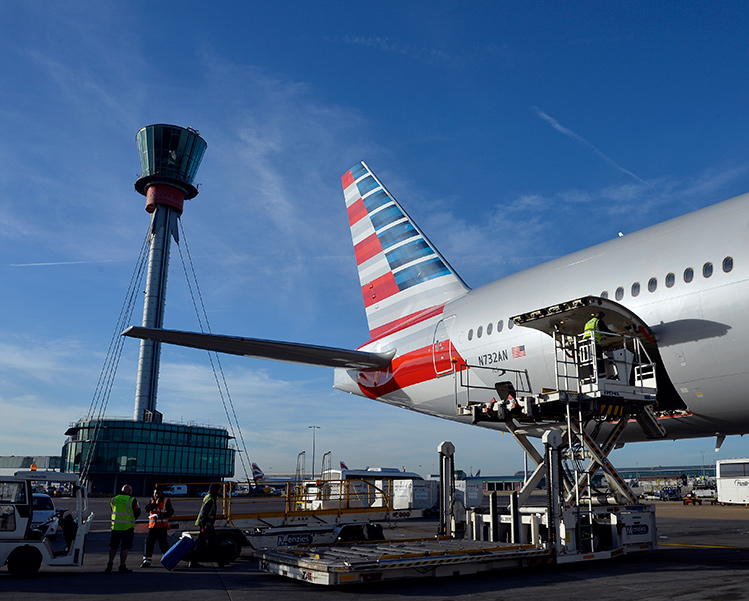In March 2020, passenger numbers at Heathrow Airport shrunk by 52% compared with the same month last year, as the UK entered lockdown. Many of the three million journeys made were repatriations, following travel restrictions across markets, as well as the UK Foreign and Commonwealth Office advice against all but essential travel.
The situation is expected to continue as initial forecasts show passenger demand in April is set to decrease by over 90%, with lasting and significant industry-wide effects predicted. In line with these forecasts, Heathrow moved to single runway operations on 6 April, and over the coming weeks will consolidate operations into Terminals 2 and 5 only. The move is designed to protect long-term jobs at the airport by reducing operating costs, helping Heathrow to remain financially resilient.

Heathrow is now using its available capacity to prioritise cargo flights with medical supplies. The airport is well-placed to receive time-critical and temperature-sensitive medical supplies, such as ventilators, medicines and COVID-19 testing kits.
Heathrow is now using its available capacity to prioritise cargo flights with medical supplies. The airport is well-placed to receive time-critical and temperature-sensitive medical supplies, such as ventilators, medicines and COVID-19 testing kits.
The busiest day for cargo-only flights was 31 March 2020, with 38 dedicated cargo movements in just one day. During normal operations, Heathrow usually handles an average of 47 cargo-only movements a week. Last year, Heathrow handled 41% of the UK’s pharmaceutical imports.
Overall cargo volumes were impacted by grounded passenger fleets. During normal operations, 95% of cargo usually travels in the belly hold of passenger aircraft. However, over 100,000 metric tonnes of cargo still travelled through the airport in March, down 32.5% compared to the same time last year.
Heathrow is working closely with Public Health England to implement measures to ensure passenger safety. These measures include the provision of hundreds of hand sanitiser dispensers, additional cleaning and sanitation procedures, as well as signage and floor stickers to remind passengers to socially distance. Airport colleagues are also on hand to help manage queues and ensure safe and adequate spacing between passengers.
“Heathrow continues to serve the nation by keeping vital supply lines open, and helping people get home,” says John Holland-Kaye, CEO Heathrow Airport. “Now is the time to agree a common international standard for healthcare screening in airports so that when this crisis recedes, people can travel with confidence and we can get the British economy moving again.”







